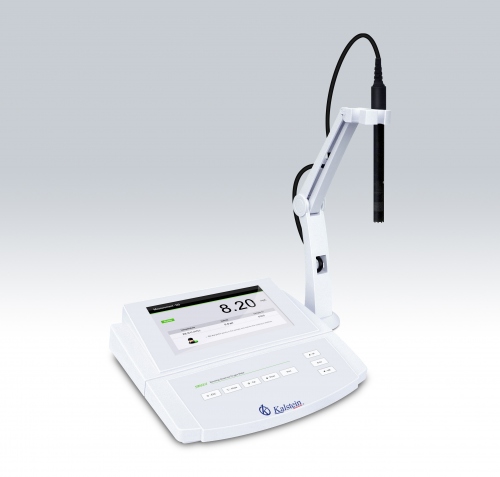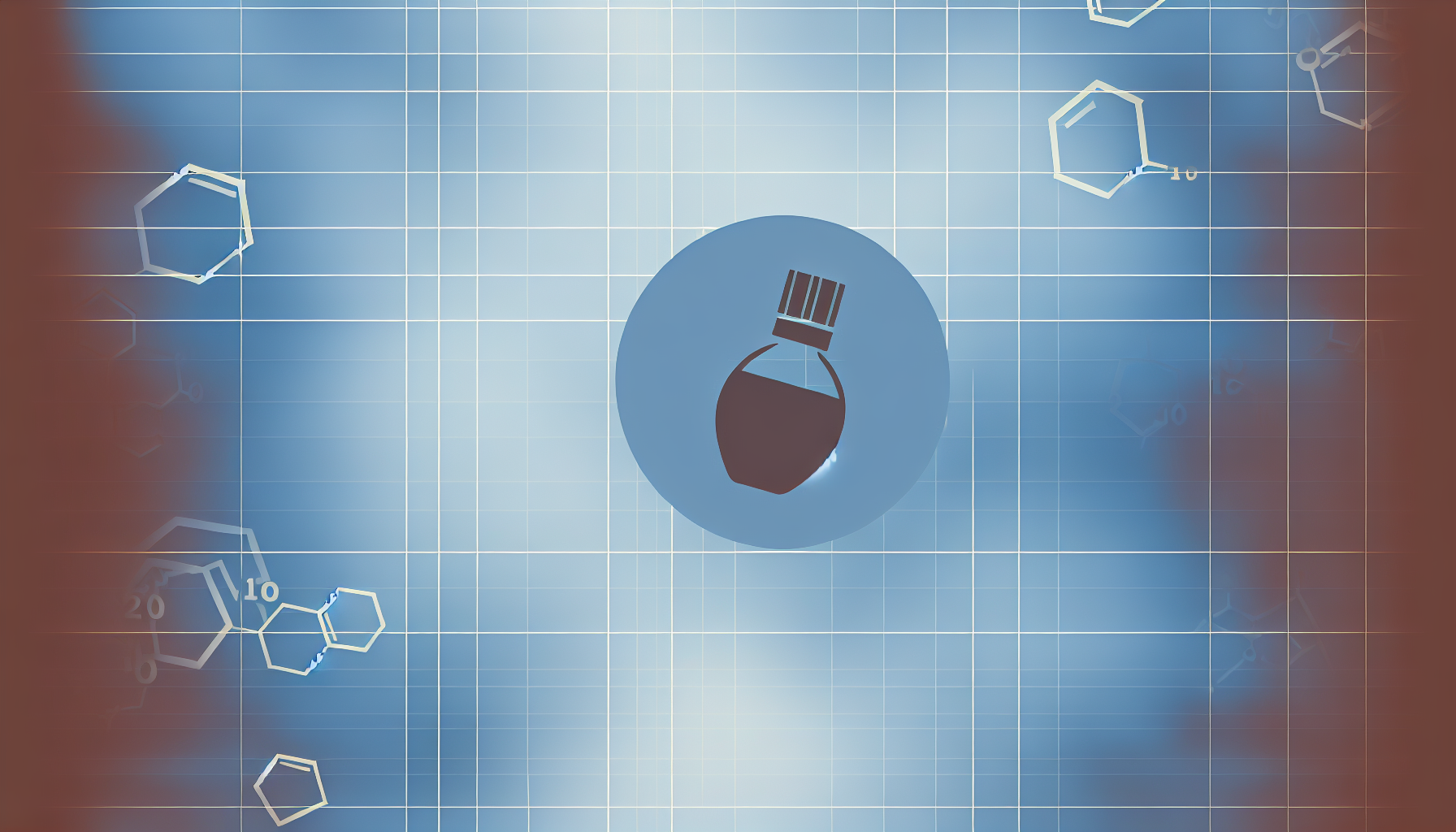Dissolved oxygen is the amount of oxygen dissolved in water, commonly recorded as DO, and expressed in milligrams of oxygen per liter of water (mg/l) or in ppm. The amount of dissolved oxygen is an indicator of the self-purification capacity of a body of water.
The concentration of this element in a body of water is the result of the oxygen that enters the system and that which is consumed by living organisms. Oxygen input can be generated by many sources, but the main source is oxygen absorbed from the atmosphere.
The dissolved oxygen in the water is consumed and it takes a short time to restore to its initial state, this indicates that the water body has a high self-purification capacity or the pollution is not serious in the water body. When the opposite occurs, it means that the water body may be seriously polluted, that the self-purification capacity is compromised or lost. Dissolved oxygen is closely linked to the partial pressure of oxygen in the air, the temperature and quality of the water, and the atmospheric pressure.
How is dissolved oxygen measured?
Dissolved oxygen is measured through a dissolved oxygen meter, this equipment allows precise measurements of the amount of dissolved oxygen in water samples, or directly in the field. At present, dissolved oxygen meters have two measurement principles: the membrane method and the fluorescence method.
- Membrane method (polarography method): It is based on electrochemical principles. It employs a semi-permeable membrane to separate the platinum cathode, silver anode, and outside electrolyte. Oxygen diffuses through the membrane in an amount proportional to its partial pressure. The higher the partial pressure of oxygen, the more oxygen will pass through the membrane. When oxygen continually penetrates the membrane and enters the cavity, it is reduced at the cathode, thus generating a current, and this current will be proportional to the amount of dissolved oxygen.
- Fluorescence: Uses a fluorescent probe that has a built-in light source, it emits blue light and illuminates the fluorescent layer. The fluorescent substance emits a red light after being excited. Because the oxygen molecules remove energy through the quenching effect, the time and intensity of the excited red light are related to the oxygen molecules present, their concentration now being inversely proportional to the fluorescence intensity.
What do we offer you at Kalstein?
At Kalstein we are manufacturers of laboratory equipment of the highest quality and with the best technology, at unbeatable prices. In this opportunity we present our oxygen meter YR01834. This dissolved oxygen meter allows 1 or 2 point calibration, the setup menu contains 6 options, and it is suitable for laboratory applications with an accuracy: 0.5mg/l. Among its main features we have: HERE
- The Benchtop Dissolved Oxygen Meter is equipped with a backlit LCD display.
- 1 or 2 point calibration using air saturated water or zero oxygen solution.
- Salinity and barometric pressure compensations eliminate measurement error.
- Automatic temperature compensation ensures accurate readings throughout the range.
- Automatic reading function The end point of the measurement is detected and locked.
- Configuration menu allows to configure the number of calibration points, concentration unit, temperature
- Unit, automatic shutdown.
- Reset function automatically resumes all settings to factory defaults.
For more information, we invite you to visit our page, HERE




